In an exclusive interview with Nisha Samant of APAC Media, Nizamudeen. A , IAS, Mission Director, MGNREGS & Director General, Kerala Institute of Local Administration (KILA) & Coordinator Susthira Thrithala Project, explains how Susthira Thrithala goes beyond conventional development schemes to influence policy frameworks for sustainable water and land management.
Despite being blessed with major rivers and high rainfall in the State of Kerala, what triggered the urgent need for a large-scale water conservation and sustainability project like Susthira Thrithala?
Despite Kerala’s abundant rainfall and network of rivers, including the Bharathapuzha flowing through Thrithala, the urgent need for a large-scale water conservation and sustainability project like Susthira Thrithala emerged from a striking paradox: a water-rich region suffering from acute groundwater scarcity.
Though Thrithala receives an average annual rainfall of 2,200 mm, years of unregulated sand mining, paddy field conversion, and unchecked land use changes have compromised the region’s natural ability to absorb and store water. Aquifer recharge zones were destroyed, wetlands were lost, and soil moisture retention drastically declined.
Monoculture plantations, hill cutting, and the neglect of traditional water bodies like ponds and canals further aggravated the situation. Simultaneously, climate variability brought irregular rainfall, short, intense downpours that led to flash floods and surface runoff, with little groundwater infiltration. Waste mismanagement and pollution from sewage and plastics degraded surface and subsurface water quality.
As a result, groundwater levels fell, agricultural productivity declined, and rural livelihoods, particularly those of small and marginal farmers, came under severe stress. These interconnected crises made it clear that fragmented or sectoral interventions would not suffice.
In response, the Susthira Thrithala project was conceptualised under the visionary leadership of Shri M.B. Rajesh, Hon. MLA of the constituency and Hon. Minister for Local Self Government, aligned with Kerala’s SDG localisation framework, specifically Theme 4 (Water Sufficient Village) and Theme 5 (Clean and Green Village). The initiative aimed to restore ecological balance and ensure water security through watershed-based planning, interdepartmental convergence, and deep community participation.
Today, Susthira Thrithala stands as a model of integrated, climate-resilient rural development, demonstrating that even regions with natural water abundance require strategic, people-led, and ecologically grounded interventions to secure their future.
What were the key goals envisioned under the Susthira Thrithala initiative to restore ecological balance, improve water security, and enhance rural livelihoods?
The objectives of the Susthira Thrithala project are centred around creating a resilient, ecologically balanced, and sustainable rural development model through the conservation and efficient management of natural resources. The key objectives are:
- Ecological Restoration and Resource Conservation
- To create a stable and productive ecosystem by scientifically conserving and utilising natural resources, particularly soil and water.
- To rejuvenate the environment with a focus on soil conservation, vegetation recovery, and biodiversity enhancement.
- Groundwater Recharge and Water Security
- To enhance groundwater recharge through artificial and natural means such as check dams, recharge pits, ponds, and restored wetlands.
- To regulate surface water flow to minimise erosion, increase infiltration, and reduce flooding in low-lying areas.
- To ensure the availability of safe drinking water and irrigation throughout the year.
- Sustainable Agriculture and Livelihood Enhancement
- To revive and sustain agricultural productivity, especially in the catchment areas of the Bharathapuzha River.
- To promote climate-resilient farming systems, including organic, integrated, and mixed farming.
- To ensure a continuous supply of food, fodder, fuel, and other rural livelihood resources.
- Community Participation and Local Governance

- To build community ownership through active participation of local self-governments, Kudumbashree units, schools, and citizens.
- To use decentralised planning and local knowledge for long-term sustainability.
- Climate Resilience and SDG Integration
- To contribute to SDG targets, particularly SDG 6 (Clean Water and Sanitation), SDG 13 (Climate Action), and SDG 15 (Life on Land).
- To make the region climate-resilient through green energy, waste management, and adaptive agriculture.
What were the core strategies implemented under the Susthira Thrithala project to ensure effective groundwater recharge, ecological sustainability, and community participation?
The Susthira Thrithala project adopted a set of integrated, locally relevant, and community-driven strategies to address groundwater depletion and promote sustainable development. At the core was a watershed-based planning approach, using 32 micro-watersheds to guide interventions such as soil and water conservation, groundwater recharge, and ecosystem restoration. This scientific framework ensured that each initiative responded to the region’s specific geomorphology, rainfall, and land use patterns.
A key strategy was the emphasis on decentralised governance, with Local Self-Governments (LSGIs) taking the lead in planning and implementation. This strengthened grassroots democracy and ensured that development activities were aligned with local needs. The project also relied heavily on context-specific ecological planning, considering slope, soil type, vegetation, and water availability, to design durable and effective infrastructure like check dams, rain pits, and bunds.
Community participation was integral to every phase—from planning to monitoring—engaging Kudumbashree units, school clubs, youth groups, and Gram Sabhas. This inclusivity fostered a sense of ownership and accountability, ensuring long-term sustainability. The project prioritised low-cost, eco-friendly technologies such as contour bunding, vegetative barriers, and agroforestry, which are easy to replicate and maintain.
Another vital strategy was the integration of physical infrastructure with ecological restoration. For example, while building water harvesting structures, efforts were also made to restore paddy fields and promote organic, mixed farming. The project also ensured institutional convergence, bringing together departments like Agriculture, Irrigation, Environment, Soil Conservation, Groundwater, Local Self Government (LSG), etc., to avoid duplication and maximise impact.
Together, these strategies have made Susthira Thrithala a replicable model for climate-resilient, participatory rural development.
How did Susthira Thrithala go beyond conventional development schemes to influence policy frameworks for sustainable water and land management?
The Susthira Thrithala project integrated a range of innovative and context-specific policy interventions to address environmental degradation, groundwater depletion, and rural livelihood challenges. These interventions were framed within the broader policy goals of sustainable development and localising the Sustainable Development Goals (SDGs), particularly SDG 6 (Clean Water and Sanitation), SDG 13 (Climate Action), and SDG 15 (Life on Land).
A major policy thrust was the adoption of a watershed-based development approach, which guided the planning and implementation of soil and water conservation measures across 32 micro-watersheds. This was institutionalised through guidelines enabling Local Self-Governments (LSGIs) to incorporate watershed priorities into their annual plans.
The project also introduced India’s first Water Budget at the constituency levels, a pioneering policy intervention aimed at promoting water accountability, equitable distribution, and informed decision-making in water resource management.
Policy support was extended for the revival of paddy fields, positioning them as ecological assets. Financial and technical assistance was provided by the Agriculture Department, ensuring that paddy restoration aligned with both agricultural productivity and wetland conservation.
Additional policies promoted organic farming, green energy adoption, and waste management, including mandatory rooftop solar systems in public institutions and decentralised solid waste facilities. All these were coordinated through interdepartmental convergence policies and community-based governance frameworks.
These interventions reflect a shift from fragmented, sectoral planning to integrated, participatory and environmentally sound policy action, offering a scalable model for sustainable rural development
What tangible impact did the Susthira Thrithala project have on reversing groundwater depletion and revitalising the region’s water resources?
The Susthira Thrithala project has made significant strides in water resource management, addressing long-standing issues of groundwater depletion, seasonal water scarcity, and inefficient rainwater use. By adopting a watershed-based, decentralised approach and integrating community efforts, the project has delivered the following key achievements:
Groundwater Recharge and Improvement in Water Table
Artificial groundwater recharge systems were implemented in 40 public institutions, enabling the recharge of approximately 8.39 million litres of rainwater annually. As a result, observation wells recorded a rise in water levels, improving from 11 meters in 2020 to 10.18 meters in 2025, marking a tangible reversal of groundwater depletion trends.
Construction and Renovation of Water Bodies
107 new agricultural ponds were constructed, providing a storage capacity of 20 million litres.
64 public ponds were renovated, adding 26.89 million litres of capacity.
139 canals were rejuvenated, improving 117 km of water flow, aiding irrigation and natural recharge.
Well Recharge and Rainwater Harvesting
436 new wells were constructed, and 600 households were supported with well recharge systems, collectively storing around 180,000 litres.
In 59 Anganwadis, recharge systems were installed, contributing 177,000 litres to the groundwater reserve.
206 rooftop rainwater harvesting tanks were set up to capture and reuse rainwater effectively.
Watershed Development and Soil-Water Conservation
Bunds, rain pits, and earthen embankments were developed under a multi-phase watershed project, controlling soil erosion and enhancing infiltration in slope-prone areas.
These achievements reflect a comprehensive shift toward water sufficiency, sustainability, and community stewardship of water resources in Thrithala.
Can a locally rooted initiative like Susthira Thrithala serve as a scalable blueprint for addressing groundwater and sustainability challenges across diverse regions in India?
The Susthira Thrithala model offers a scalable, adaptable, and evidence-based framework for rural sustainability and groundwater restoration, making it highly suitable for replication across other constituencies in Kerala and rural regions throughout India. Its success lies in the integration of scientific planning, decentralised governance, community participation, and interdepartmental convergence, all of which are transferable within existing administrative structures.
- Alignment with National and State Priorities
The model directly supports the goals of Jal Shakti Abhiyan, Atal Bhujal Yojana, MGNREGS, Watershed Development, and SDG localisation frameworks. It complements Kerala’s “Haritha Keralam” and “Suchitwa Mission” policies, offering a ground-tested mechanism to advance water sufficiency, ecological sustainability, and inclusive development.
- Flexibility and Contextual Adaptability
While rooted in Thrithala’s specific ecological and socio-economic context, the model’s core strategies—watershed-based planning, water budgeting, paddy field revival, low-cost eco-technologies, and community engagement—are adaptable to various agro-climatic zones. States with semi-critical groundwater blocks (like Tamil Nadu, Maharashtra, Rajasthan, Punjab, and Karnataka) can modify and scale this model based on local needs.
- Institutional Convergence and Policy Integration
Thrithala demonstrates how multiple departments (Agriculture, Irrigation, Environment, Soil Conservation, Groundwater, LSGs) can collaborate effectively through convergence planning. This model supports the Gram Panchayat Development Planning (GPDP) framework under the 15th Finance Commission and can strengthen state and central government efforts toward integrated rural development.
- Community-Led and Data-Driven Governance
The model’s emphasis on people’s participation, especially through Gram Sabhas, Kudumbashree units, and schools, makes it both inclusive and sustainable. The preparation of India’s first constituency-level Water Budget offers a replicable template for data-driven local water governance.
- Proven Outcomes and Cost-Effectiveness
With measurable outcomes such as a rise in groundwater levels, revived water bodies, expanded organic farming, and clean energy adoption, the model demonstrates high impact at relatively low cost, making it feasible for state-wide and national scaling under existing schemes like MGNREGS, NABARD watershed funding, and climate adaptation missions.
In summary, Susthira Thrithala provides a replicable blueprint for sustainable and participatory rural transformation. With adequate political will, interdepartmental coordination, and community mobilisation, this model holds immense potential to guide climate-resilient, water-secure, and ecologically sound development across India.



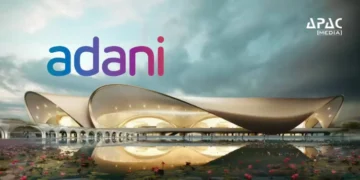

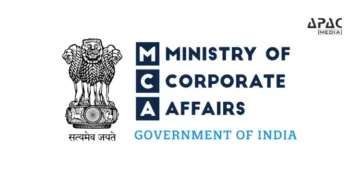
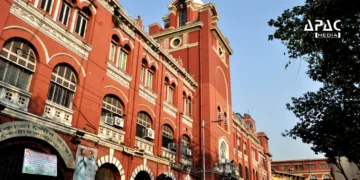


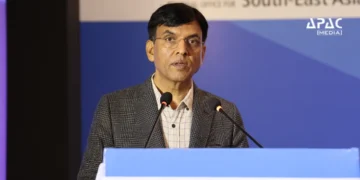



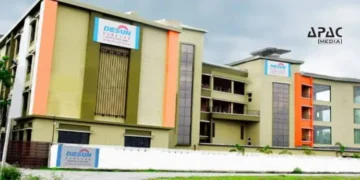





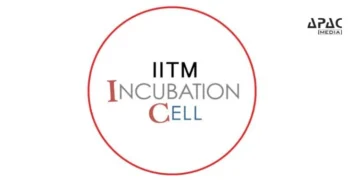


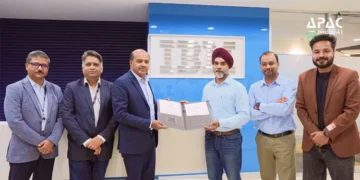

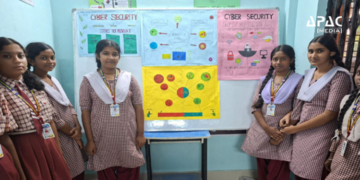
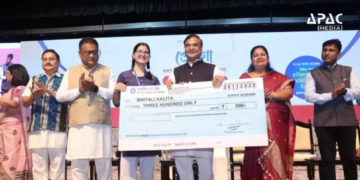


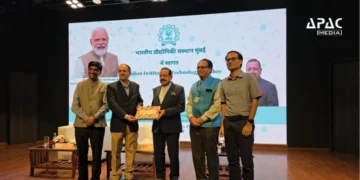
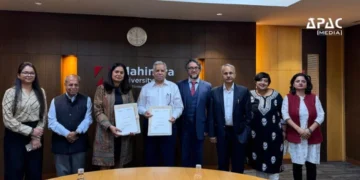
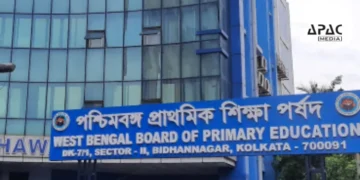


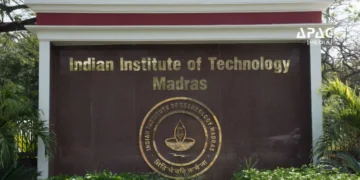





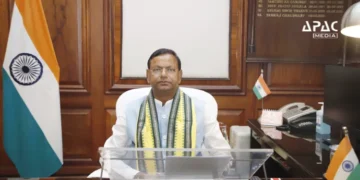












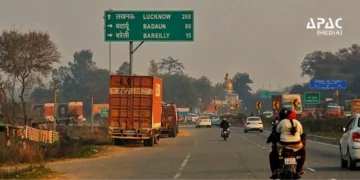
















Discussion about this post